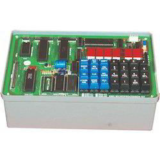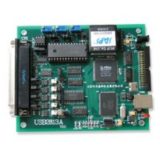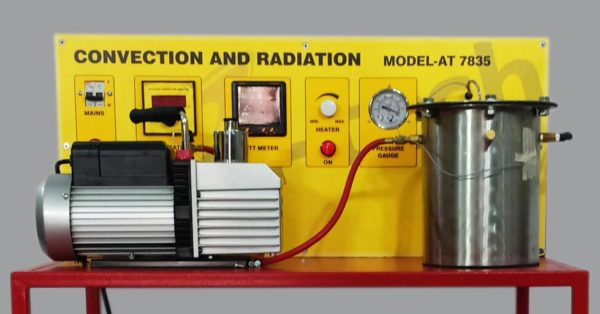Heat Transfer by Convection & Radiation Model TH 104
Home » Products » Heat Transfer by Convection & Radiation Model TH 104
Heat Transfer by Convection & Radiation Model TH 104
* Heat transport between heating element and vessel wall by convection and radiation
* software for data acquisition
Item Description
Under real conditions, the heat transport between two objects is normally substance-bound, i.e. convection and/or heat conduction, and not substance-bound, i.e. radiation, at the same time. Determining the individual heat quantities of one type of transfer is difficult. Sci-tech Heat Transfer by Convection & Radiation Model TH 104 trainer enables users to match the individual heat quantities to the corresponding type of transfer. The core element is a metal cylinder in a pressure vessel. A temperature-controlled heating element is located at the centre of the cylinder. Sensors capture the wall temperature of the cylinder, the heating temperature and the heating power. This metal cylinder is used to examine the heat transfer between the heating element and the vessel wall.
See also different:

Sci-tech Telephony Trainer Model ETR 040 offers experiment board for creating, checking, measuring and troubleshooting telephone circuits such as: DTMF and Pulse signaling and a switching matrix simulating a telephone exchange and public netwo [...]

USB2813 AD DI DA DO counter Data Acquisition , analog input Single-ended 16-CH or differential 8-CH 12-bit 100K;analog output 4-CH 12-bit ;digital 8-CH DI、8-CH DO ;Counter 3-CH

Sci-tech Basic Satellite Communication Trainer Model TCM 006 is the first of its kind using actual techniques of satellite communication. It can uplink a given signal to a satellite link emulator, which can be stationed far away. The satellite [...]

